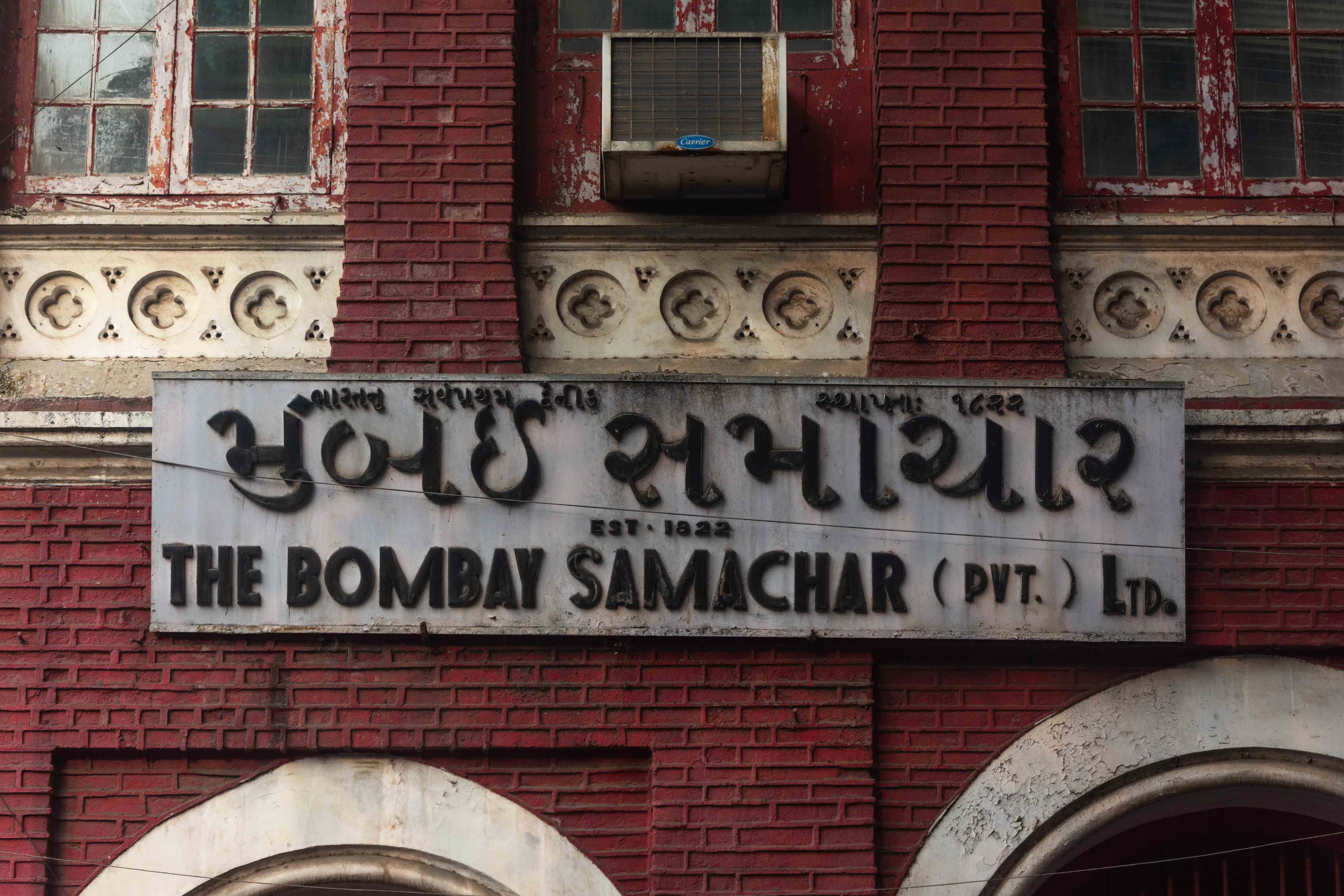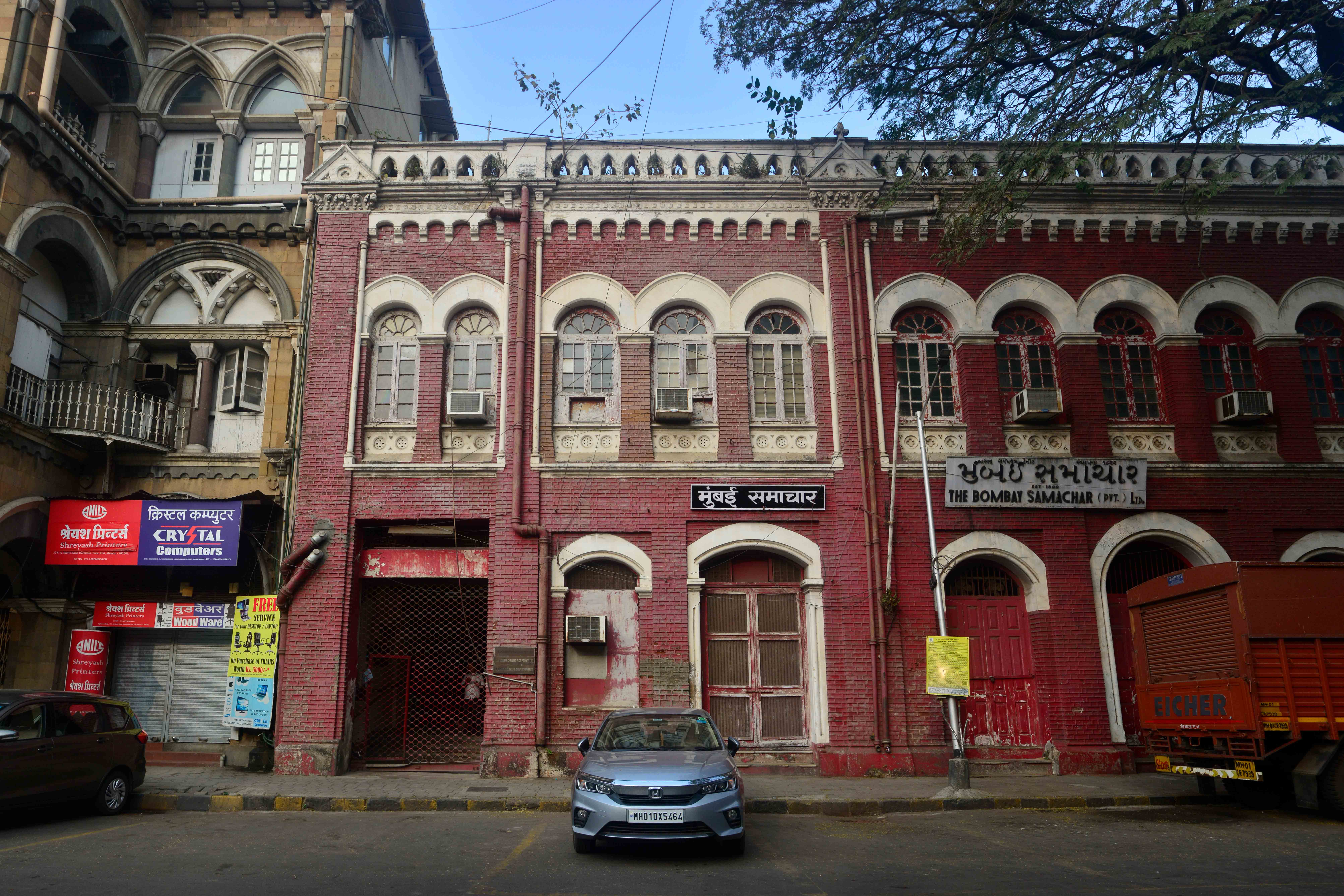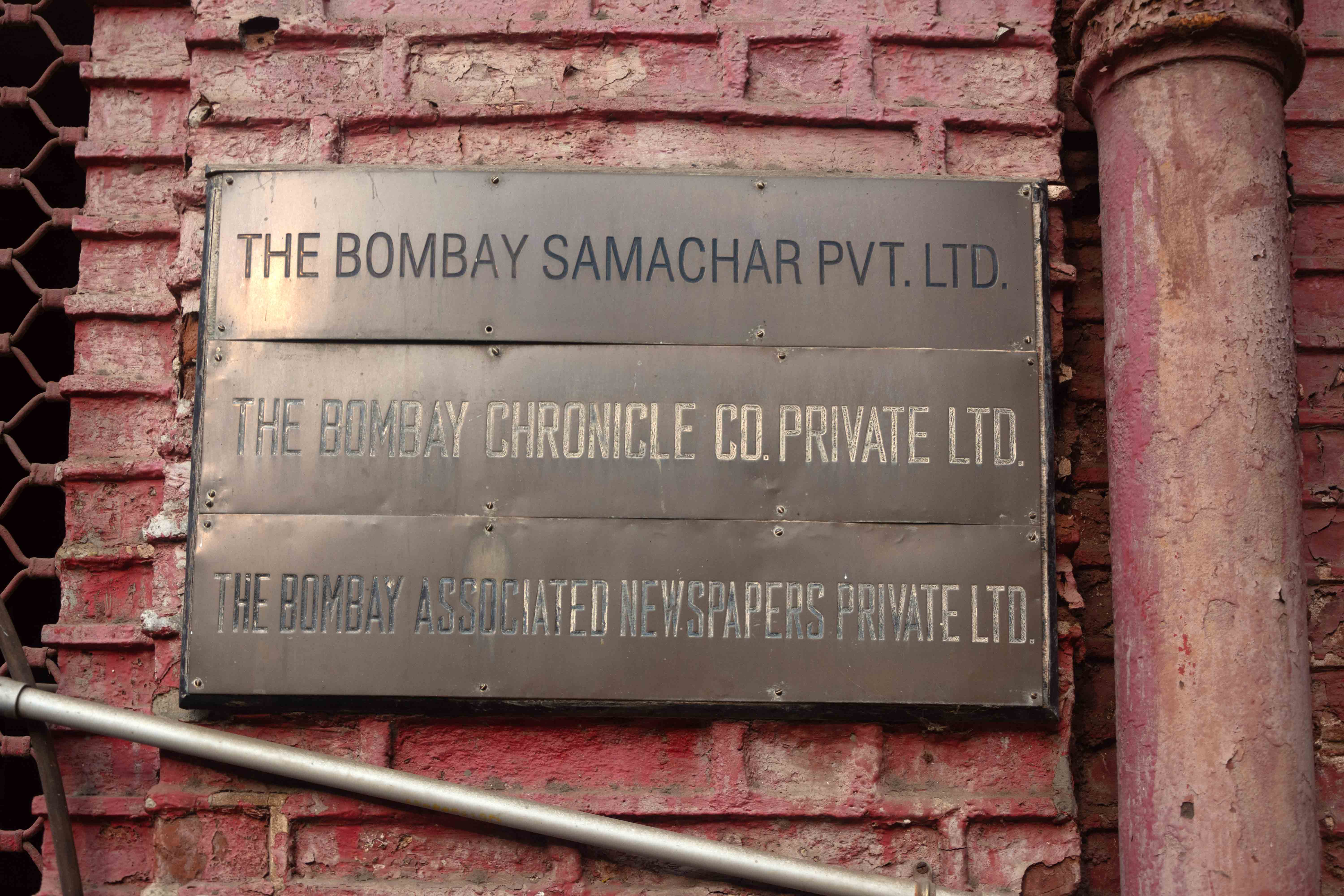Bombay Samachar (Mumbai Samachar)
In the world of print media, Bombay (Mumbai) city started its journey in the late 18th century with two newspapers, the Bombay Courier (started by Luke Ashburner in 1790) and Bombay Gazette (started in 1791). However, these newspapers were printed only in English, and there were no local-language newspapers due to the lack of local printing types. The idea of having printing types in Indian languages was still new and yet to be explored in the early 19th century. Fardonjee Marzban was one of the pioneers, along with Rustom Kersaspaji and Jejeebhoy Behramji Chhapgar, in introducing printing types in Indian languages. Bombay Samachar, the oldest surviving newspaper in Asia, was started by Fardonjee Marzban in 1822 with Gujarati print, and it was the first initiative towards developing and popularizing Indian language newspapers in the country.

Fardunjee Marzban – Founder of Bombay Samachar
He was born at Surat in 1787 into a family of Parsi-Zoroastrian priests in Gujarat. Following the footsteps of his ancestors, who were scholars of Zoroastrian religious literature, he trained for the priesthood in his initial years. Besides being prominent in Gujarati and Urdu, he trained himself in Sanskrit and Persian. Fardunji shifted to Bombay in 1805 and managed to overlook the library of manuscripts under the patronage of Mulla Feroze (1758-1830), who was a Parsi priest and a community leader. Mulla Feroze was the leader of the Kadmi Parsis, a schismatic Zoroastrian sect that had been co-founded by Furdonji’s grandfather, Dastoor Kaus Munajjam (1717-79).
Furdunjee first ventured into the world of books as a bookbinder, and by the year 1811, he was regularly binding books for the Literary Society of Bombay and several European clients. After working as a bookbinder, he diversified into many businesses, including making headgear for the Bombay Army, running a courier business between Bombay and Gujarat, and delivering valuable articles like gold, pearls, and diamonds.
In 1810, there were only two printing presses in Bombay: the Courier Press and the Gazette Press, which issued a weekly newspaper in English viz., Bombay Courier and Bombay Gazette, along with printed forms, contracts, and calendars. The Courier Press also had a vernacular department which carried out the task of printing in Gujarati and Persian, largely advertisements and government notices. The Gujarati types had been designed and produced in 1796 by Behramjee Jeejeebhoy, a Parsi priest. Fardonjee, who started frequently visiting the Courier Press in 1810, exposed himself to the art of printing and converted it into a trade. He designed a new set of types in Gujarati from scratch. For this, he had to master the art of designing fonts, carving the punches, making the matrices, and casting the types using a molten lead alloy. He took the help of a woman from the family to assist him in the process of polishing. There is another incident where while working as a bookbinder, Fardonjee met the printer Jijibhai Chhapghar, who might have inspired him to open a printing press.

In 1814, Fardonjee finally started his printing press from a building in the old vegetable market near the Bazar Gate of the Fort of Bombay. The printing press was known as Fardonjee Marzbanjee’s Chhapkhana. He set up the press in 1812, but the first ever imprint, an Almanac of the Hindu Samvat year 1871 (1814-15), was published only in 1814. It was a slim volume of 32 pages, priced at Rs. 2, intended as a substitute for the handwritten almanacs. The first book, published in Gujarati in 1818, was a translation of a 17th-century Persian book on the history of religions of India and Iran titled Dabestan-ul mazahib. The book contained more than 700 pages, and it was the first printed book with both the text and script in Gujarati priced at Rs. 15 per copy. It was also the first illustrated Gujarati book containing seven images representing the seven days of the week.
Fardonjee began his career in printing as a type founder, eventually progressed into the field of printing and publishing, and then developed himself as a translator and a writer. After a few years in the printing industry, Fardonjee realized that the Gujarati types he had cast needed improvisation. Due to a lack of necessary engraving skills, he commissioned a new set of Gujarati types engraved and cast in England. But the font designs were supplied by him. The total cost incurred on the new types amounted to Rs. 11,000. Fardonjee first used these new types in 1818 to print a Gujarati translation of the Zoroastrian holy book, Khordeh Avesta.
Launch of Bombay Samachar


Mountstuart Elphinstone, Governor of Bombay between 1819-27, also played a key role in establishing Bombay Samachar, as Fardonjee first submitted his proposal to publish a weekly Gujarati newspaper (Bombay Na Samachar) to Elphinstone. For this new venture, Fardonjee raised the capital by selling manuscripts inherited from his grandfather Dastoor Kaus for Rs. 1,500 in November 1820 to Mr. Rasmus Rask, a Danish philologist. By early 1822, Fardonjee reapproached Sir Mountstuart Elphinstone to seek his permission to publish the newspaper, which the latter generously approved and also directed the Bombay Government to subscribe about fifty copies and urged the government to provide a cash subsidy of twelve hundred rupees.
Fardonjee successfully launched the newspaper naming it Bombay na Samachar on 1st July 1822, later renaming it Bombay Samachar. It is currently known as Mumbai Samachar. It was the first Indian-language newspaper printed from regular types on wooden blocks. Fardonjee priced the newspaper at Rs. 2 per month, intending to communicate news to the Indian masses in their local language. The newspaper garnered the interest of numerous subscribers, including sixty-seven Parsis, fourteen Britishers, eight Hindus, and six Muslims.
Current Status of the Newspaper

The possession of the Bombay Samachar Private Limited along with Bombay Chronicle housed under the same red building known as the Red House, is currently run by the Cama family, which took over Bombay Samachar in 1933. Hormusji Nusserwanji Cama is currently leading the firm.